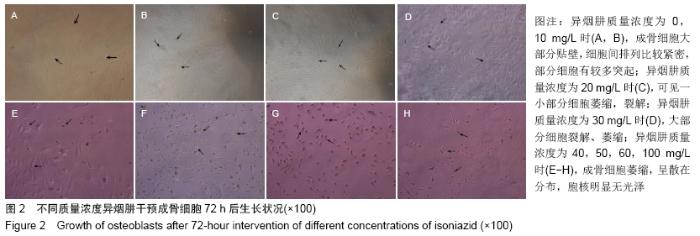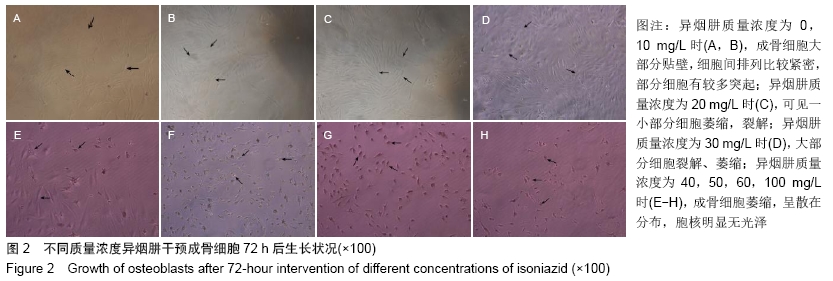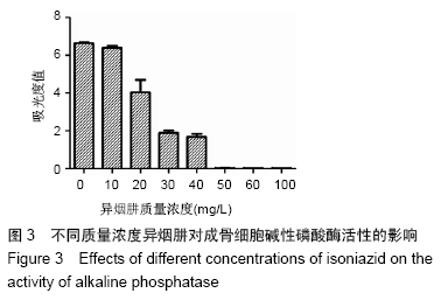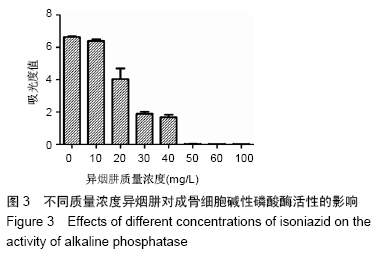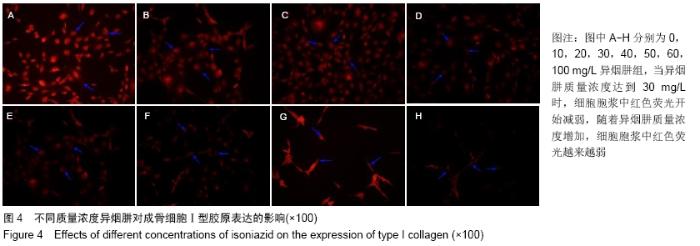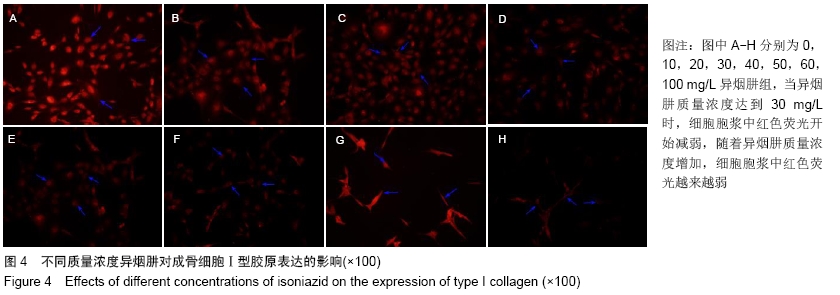[1] TOMIOKA H. Current status of some antituberculosis drugs and the development of new antituberculous agents with special reference to their in vitro and in vivo antimicrobial activities. Curr Pharm Des. 2006;12(31):4047-4070.
[2] VASHISHTHA VM. WHO Global Tuberculosis Control Report 2009: Tuberculosis elimination is a distant dream. Indian Pediatr. 2009;46(5):401-402.
[3] DUTT AK, STEAD WW. Treatment of extrapulmonary tuberculosis. Semin Respir Infect. 1989;4(3):225-231.
[4] DUTT M, KHULLER GK. Sustained release of isoniazid from a single injectable dose of poly (DL-lactide-co-glycolide) microparticles as a therapeutic approach towards tuberculosis. Int J Antimicrob Agents. 2001;17(2):115-122.
[5] MEHANNA MM, MOHYELDIN SM, ELGINDY NA. Respirable nanocarriers as a promising strategy for antitubercular drug delivery. J Control Release. 2014;187:183-197.
[6] HUEBNER RE, CASTRO KG. The changing face of tuberculosis. Annu Rev Med. 1995;46:47-55.
[7] TULI SM. Tuberculosis of the skeletal system. New Delhi: Jaypee Brothers Medical Publishers,2017:159-160.
[8] MALAVIYA AN, KOTWAL PP. Arthritis associated with tuberculosis. Best Pract Res Clin Rheumatol.2003;17(2): 319-343.
[9] MAHOWALD ML. Arthritis due to mycobacteria, fungi and parasites. Philadelphia: Lippincott Williams & Wilkins, 2000:2305-2320.
[10] MEIER JL, BEEKMANN SE. Mycobacterial and fungal infections of bone and joints. Curr Opin Rheumatol.1995;7(4): 329-336.
[11] PUTTICK MP, STEIN HB, CHAN RM, et al. Soft tissue tuberculosis: a series of 11 cases. J Rheumatol.1995;22(7): 1321-1325.
[12] GARCÍA-LECHUZ J, BOUZA E. Treatment recommendations and strategies for the management of bone and joint infections. Expert Opin Pharmacother. 2009;10(1):35-55.
[13] NAAL FD, SALZMANN GM, VON KNOCH F, et al. The effects of clindamycin on human osteoblasts in vitro. Arch Orthop Trauma Surg. 2008;128(3):317-323.
[14] NIJHOF MW, DHERT WJ, FLEER A, et al. Prophylaxis of implant-related staphylococcal infections using tobramycin- containing bone cement. J Biomed Mater Res. 2000;52(4): 754-761.
[15] SUZUKI Y, TANIHARA M, NISHIMURA Y, et al. A new drug delivery system with controlled release of antibiotic only in the presence of infection. J Biomed Mater Res. 1998;42(1): 112-116.
[16] YAGMURLU MF, KORKUSUZ F, GÜRSEL I, et al. Sulbactam-cefoperazone polyhydroxybutyrate-co- hydroxyvalerate (PHBV) local antibiotic delivery system: in vivo effectiveness and biocompatibility in the treatment of implant-related experimental osteomyelitis. J Biomed Mater Res.1999;46(4):494-503.
[17] LI D, LI L, MA Y, et al. Dopamine-assisted fixation of drug-loaded polymeric multilayers to osteoarticular implants for tuberculosis therapy. Biomater Sci. 2017;5(4):730-740.
[18] BUCHHOLZ HW, ENGELBRECHT H. Depot effects of various antibiotics mixed with Palacos resins. Chirurg. 1970;41(11):511-515.
[19] ISEFUKU S, JOYNER CJ, SIMPSON AH. Toxic effect of rifampicin on human osteoblast-like cells. J Orthop Res. 2001;19(5):950-954.
[20] 戈朝晖,王自立,魏敏吉.脊柱结核病灶中抗痨药物浓度的测定[J].中华骨科杂志2005,25(2):97-101.
[21] POST V, WAHL P, RICHARDS RG, et al. Vancomycin displays time-dependent eradication of mature Staphylococcus aureus biofilms. J Orthop Res. 2017;35(2):381-388.
[22] RASTOGI N, LABROUSSE V, GOH KS. In vitro activities of fourteen antimicrobial agents against drug susceptible and resistant clinical isolates of Mycobacterium tuberculosis and comparative intracellular activities against the virulent H37Rv strain in human macrophages. Curr Microbiol. 1996;33(3): 167-175.
[23] EDIN ML, MICLAU T, LESTER GE, et al. Effect of cefazolin and vancomycin on osteoblasts in vitro. Clin Orthop Relat Res. 1996;(333):245-251.
[24] GONG D, MA Y, YANG X, et al. Study on cytotoxicity of three-dimensional printed β-tricalcium phosphate loaded poly (lactide-co-glycolide) anti-tuberculosis drug sustained release microspheres and its effect on osteogenic differentiation of bone marrow mesenchymal stem cells. Zhongguo Xiu Fu Chong Jian Wai Ke Za Zhi. 2018;32(9):1131-1136.
[25] HU C, FENG H, ZHU C. Preparation and characterization of rifampicin-PLGA microspheres/sodium alginate in situ gel combination delivery system. Colloids Surf B Biointerfaces. 2012;95:162-169.
[26] COOWANITWONG I, ARYA V, KULVANICH P, et al. Slow release formulations of inhaled rifampin. AAPS J. 2008; 10(2):342-348.
[27] AGRAWAL S, SINGH I, KAUR KJ, et al. Bioequivalence assessment of rifampicin, isoniazid and pyrazinamide in a fixed dose combination of rifampicin, isoniazid, pyrazinamide and ethambutol vs. separate formulations. Int J Clin Pharmacol Ther. 2002;40(10):474-481.
[28] ISEFUKU S, JOYNER CJ, SIMPSON AH. Gentamicin may have an adverse effect on osteogenesis. J Orthop Trauma. 2003;17(3):212-216.
|


